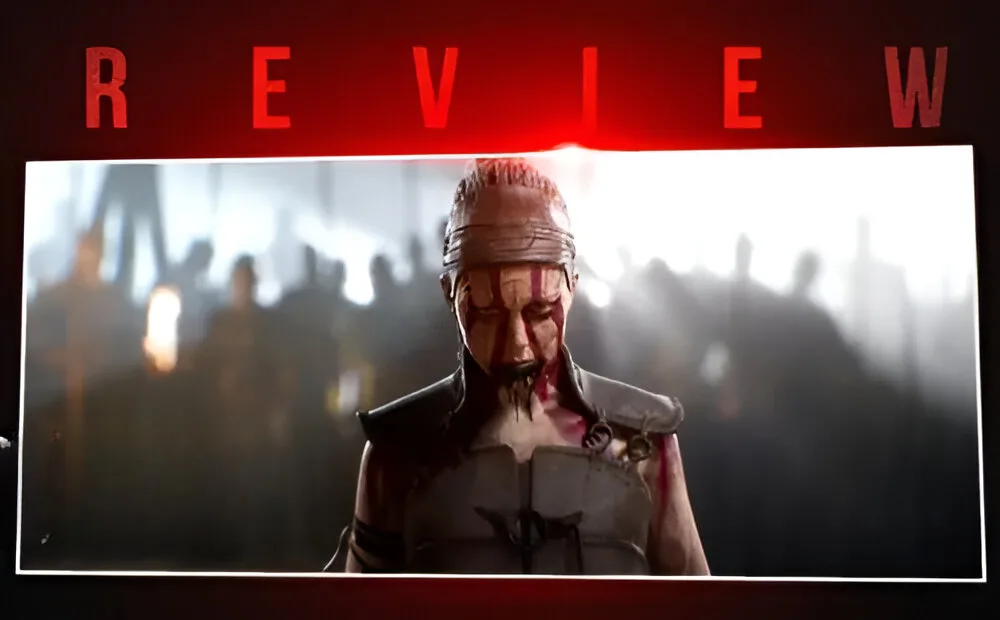
When I first entered Senua’s world back in 2017, I was flooded with a blend of emotions. Playing the game, I pondered what it must be like to have voices in your head, critiquing your every move. Being an overthinker myself, I deeply connected with Senua’s journey and her gradual mastery over the darkness within her mind.
Now, seven years later, as I write this, Senua stands as a warrior, almost triumphant over the voices in her head. As she treads her path marked by sacrifice and vengeance, I am here beside her, delving into the realm of Hellblade 2. Thanks to a copy provided by Microsoft, I let the voices guide me into Senua’s mesmerizing Icelandic world.
Has her thirst for revenge been quenched, or is this just another chapter in Senua’s Saga? Join me as I delve into these questions and more in my Hellblade 2 review below.
Destiny Is Built By Hope

In Senua’s Saga, we once again step into the world of the protagonist, Senua, who grapples with Psychosis. Set in 9th-century Iceland, the story unfolds after the events of the first game, where Senua seeks vengeance against the Northmen. These are the people responsible for the destruction of Orkneyjar and the death of her husband, setting the stage for Hellblade 2.
One striking aspect of Hellblade 2’s narrative is its evolution. What begins as a straightforward revenge story transforms into a narrative of communal aid. As Giants rampage through Iceland, Senua takes it upon herself to assist the various clans affected by this devastation.
In doing so, she not only prevents a recurrence of her clan’s fate but also confronts the pain, doubt, guilt, and persistent voices in her mind.

Senua’s Saga: Hellblade 2 follows the narrative style of its predecessor, delving deeper into themes of loss and suffering while introducing elements of hope and destiny. These themes interweave throughout the game, creating a captivating blend of emotions that tugged at my heartstrings and mesmerized me.
Unlike the first game, I didn’t find myself in tears, but the message conveyed was both empowering and emotional. The game’s core message is about choosing your destiny, not being bound by the mistakes of your ancestors. If you believe in something just, you can overcome the past and forge your own path to success. This message resonated deeply with me.
“While I didn’t bawl my eyes out like the first game, the message conveyed through the game was empowering and emotional”
The story is masterfully crafted. One of my pet peeves with narrative-heavy games is their tendency to overcomplicate their plots, disrupting the story’s flow. Fortunately, Hellblade 2 avoids this pitfall entirely. My entire 8-hour journey with the game felt like a continuous rediscovery and admiration of its lore. If you were a fan of the first Hellblade, you’ll undoubtedly fall in love with its latest installment.
Stellar Voice Acting and Haunting Sound Design

A compelling story is vital for any game, but it’s the voice actors who truly breathe life into it. In Hellblade 2, the cast does an exceptional job, elevating the narrative to new heights. Melina Juergens reprises her role as Senua, delivering a performance that’s as emotive and powerful as in the first game.
Newcomers like Gudmundur Thorvaldsson, portraying Fargrimr, bring a distinct personality and presence to their characters, making their appearances in-game highly anticipated and enjoyable.
Characters such as Astrior, played by Aldis Amah Hamilton, and Thorgestr, played by Chis O’Reilly, may not have as much screen time as the leads, but their performances are compelling nonetheless. O’Reilly’s portrayal of Thorgestr’s transformation from a cynical youth to a hopeful warrior is particularly noteworthy, adding depth to the character and enhancing the overall narrative.
Without mentioning Hellblade 2’s main allure—the voices—this review would be incomplete. The Furies make a chilling return, their whispers as haunting as ever. The game’s sound design is so captivating that I found myself eagerly awaiting each of their murmurs. Steven Hartley’s portrayal of darkness with his demonic, low-pitched voice adds to the eerie atmosphere.
The narration and storytelling in Hellblade 2 are brought to life by its exceptional actors. While the game may have its minor faults, Ninja Theory consistently excels in selecting actors for their projects. From Andy Serkis in Enslaved to Melina Juergens in Hellblade, their choices have always been on point. Senua’s Saga: Hellblade 2 is no exception to this rule.
Gameplay
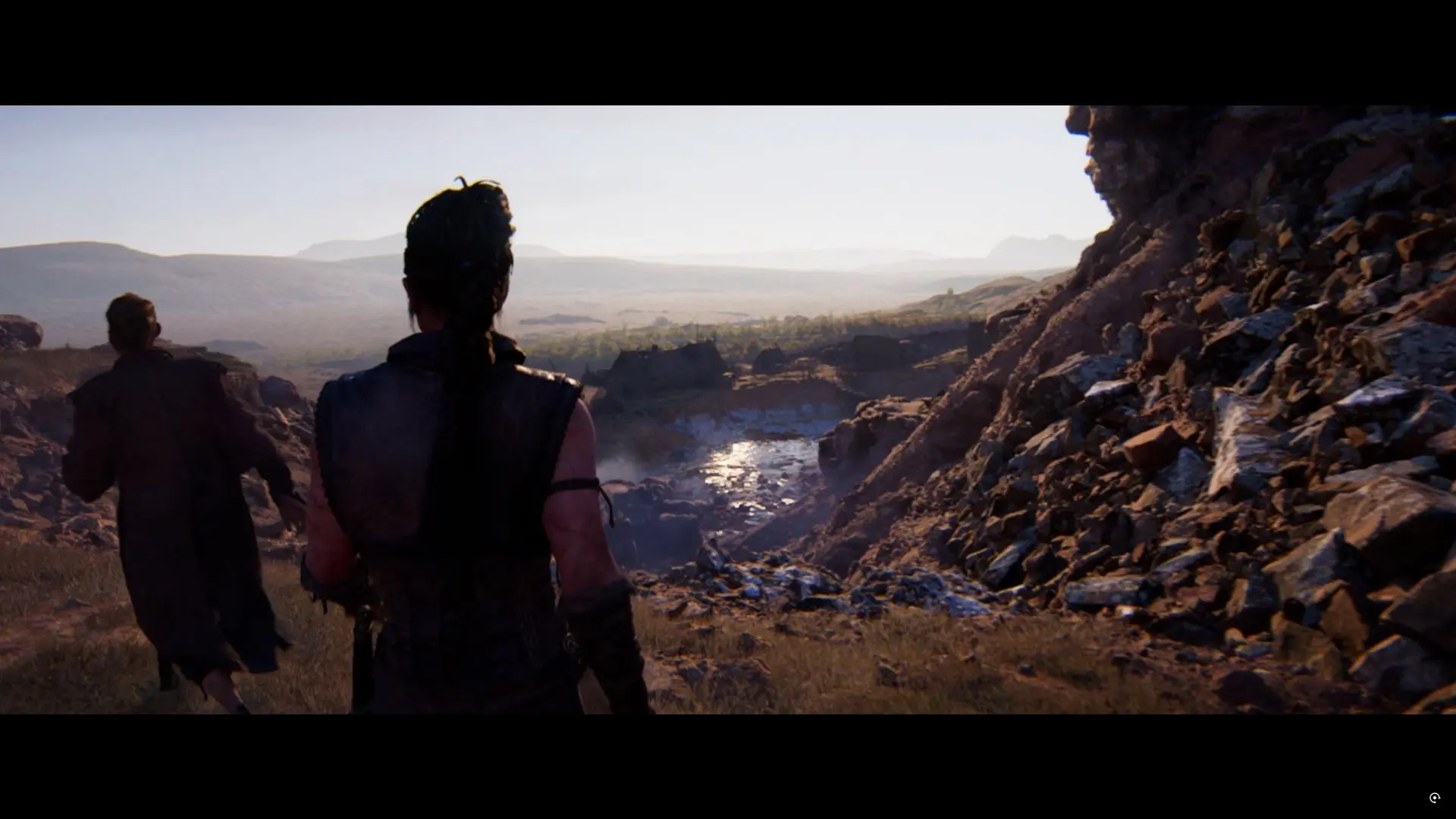
While my admiration extends to the story, characters, and sound design, the same cannot be said for the moment-to-moment gameplay. I acknowledge that this is a narrative-driven game focused on storytelling, but I believe there should be more player involvement.
Hellblade 2’s gameplay left me feeling frustrated at times. The gameplay mainly involves moving from point A to B while the Furies whisper their horrors, with occasional battles against new enemies called Drugers and puzzle-solving.
On the positive side, the game eschews tutorials and heads-up displays, creating a truly cinematic experience. The black bars you see serve a purpose and cannot be disabled.
However, the Furies whisper clues and instructions in your ears, seamlessly integrating Senua’s fragile mental state into gameplay, a feature I appreciated in the first game and was glad to see return in Hellblade 2.
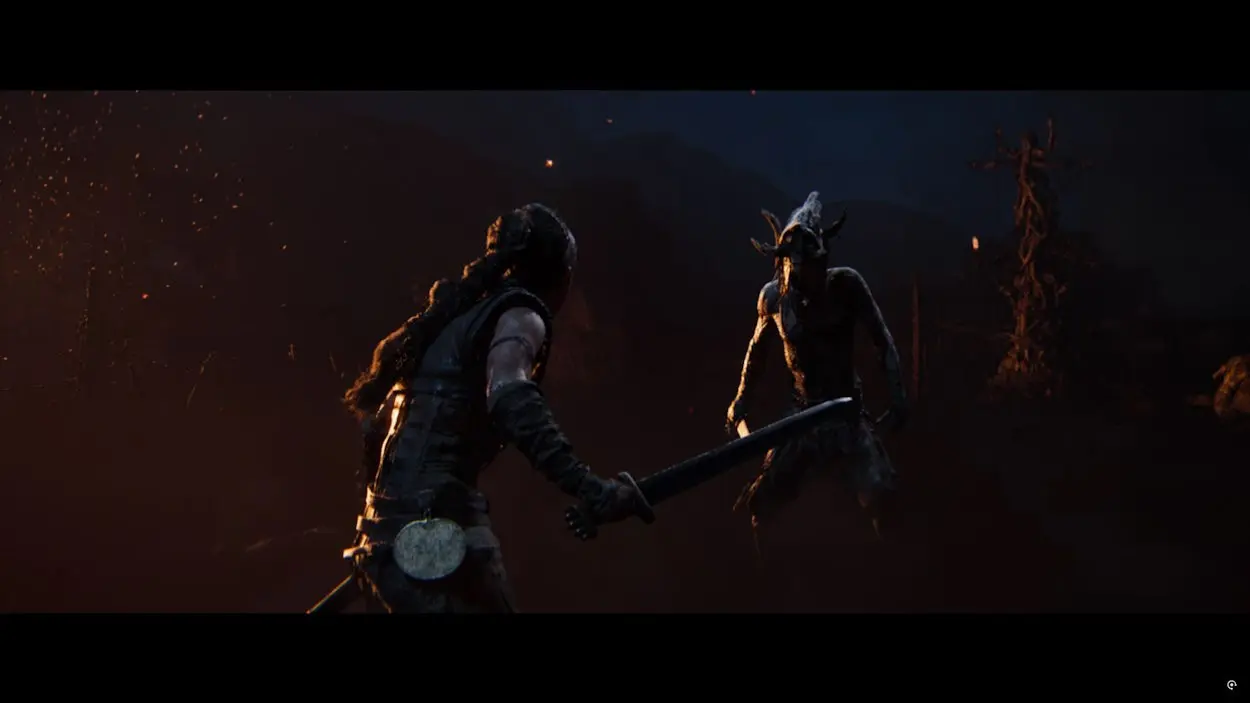
Combat in Hellblade 2 has been tailored to be more cinematic to align with its single-cut shots, but it also feels weightier and more fluid. During combat, I could sense the sword’s weight as it cut through enemies’ skins. Senua has the ability to use light or heavy attacks, dodge, charge and attack, and utilize her focus to slow time and vanquish her foes.
“I love the idea of Ninja Theory tying these puzzles to the narrative, I cannot enjoy them for their tedious nature.”
Outside of combat, the focus shifts to solving puzzles, reminiscent of the first game. Players must search the immediate vicinity for items in the environment that match a symbol blocking their path.
These puzzles serve to remind players of Senua’s mental state and how she perceives the world differently. While there were only a few puzzles in the main storyline, I found them to be tedious. Each time one appeared, I couldn’t help but roll my eyes.
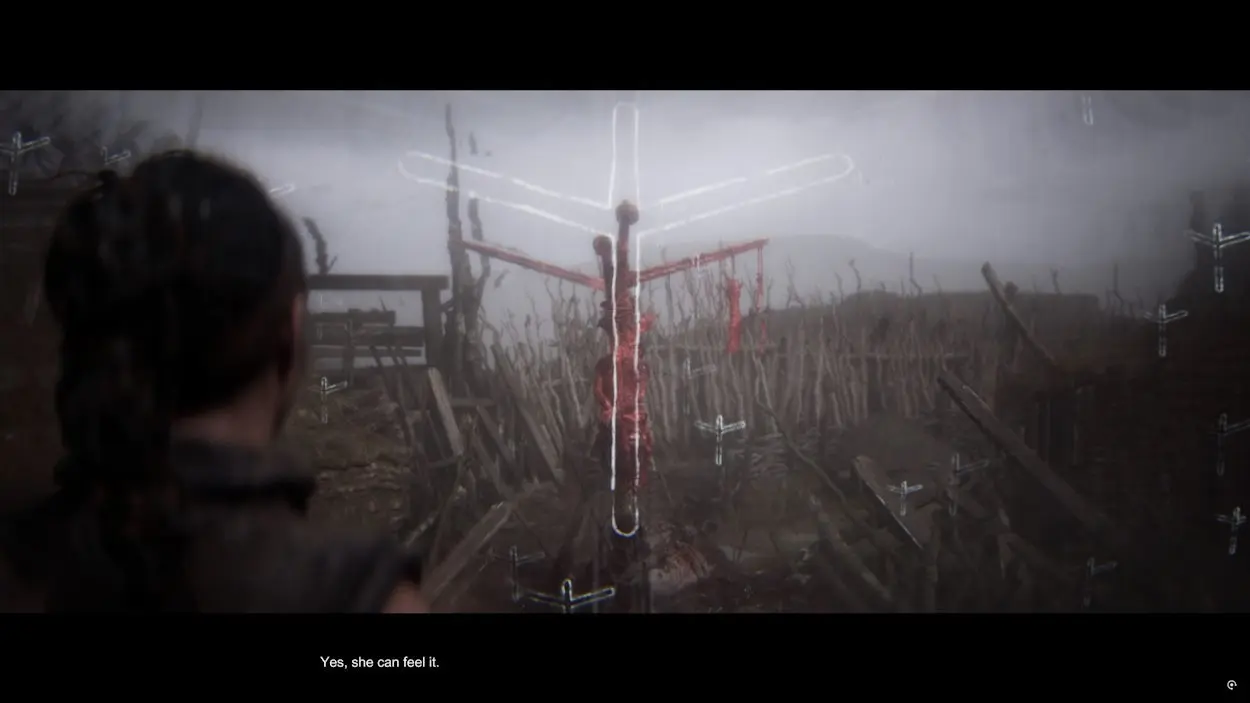
The puzzles, though clever, significantly slow down the game’s pace. I never found them enjoyable and simply wanted to get them over with. It’s disappointing because I appreciate Ninja Theory’s attempt to tie these puzzles to the narrative, but their tedious nature hinders my enjoyment. Apart from puzzles, there isn’t much else to do in terms of gameplay besides traversing beautiful locations to reach the next part of the game.
You can discover secrets by focusing on rocks that resemble human faces and searching for totems that emit a familiar voice from the first game. Perhaps part of my enjoyment stemmed from the game’s environment, as the gameplay itself did little to enhance the experience.
While the gameplay may appeal to newcomers, I found it to be more of the same formula and somewhat frustrating. If Hellblade 2 has a minor flaw, this would be it.
Performance: Breathtaking Next-Gen Visuals
While Senua’s Saga: Hellblade 2 may have left me conflicted with its gameplay, its visuals left a lasting impression. The entire game has been crafted from the ground up using Unreal Engine 5.
As someone naturally skeptical of Hellblade 2, I must admit that this game showcases the best implementation of the engine I’ve seen so far. Not only did the game run smoothly without a single crash, but its graphics were consistently near photorealistic.
Let’s start by discussing the performance without any upscaling. The game still utilizes Unreal Engine’s Temporal Super Resolution (TSR) by default, meaning that even if you disable TSR, upscaling is still applied.
There are alternative upscaling options available, such as DLSS, FSR, and even Intel XeSS. However, one interesting observation is that I didn’t notice a significant improvement in frame rates when upscaling was enabled.
During my playthrough at the highest settings, I maintained a frame rate of 75-80 FPS, with stability leaning towards the former. The frame rate did drop to 60 FPS during intense moments, but this was temporary. While switching to DLSS with frame generation on and experimenting with different settings did improve sharpness, I did not observe any significant FPS improvements.
Hellblade 2 pushed my GPU to its limits, consistently running at a staggering 95-99%, while the CPU hovered around 70%. This suggests that the game leans heavily on GPU power for its visual prowess rather than burdening the CPU, which is a relief, considering I’d rather not encounter another Starfield situation.
Playing on PC offers a plethora of graphical options, typical of any Unreal Engine 5 game. Hellblade 2 truly embodies the essence of a next-generation game in every aspect. However, the caveat is that it may turn your PC into a veritable air fryer due to the demands it places on hardware.
Despite the demanding nature of Hellblade 2, especially with upscaling enabled, it manages to maintain a consistent frame rate. I’m willing to sacrifice a few frames if it means avoiding inconsistent performance.
Verdict: Is Hellblade 2 a Darker Shade in Senua’s Story or a Blemish?
At first glance, Hellblade 2 may seem like an upgraded version of the first game due to its higher budget. However, the game introduces several improvements that were much-needed.
These enhancements include a captivating narrative that surpasses the original and a remarkable sound design that both amazed and terrified me. Those who appreciate visual splendor will be enthralled as Senua traverses breathtaking Icelandic landscapes and grapples with her inner demons.
I strongly believe that video games have evolved into an interactive medium for telling compelling stories. While the first Hellblade laid the groundwork for this saga, Hellblade 2 reaffirms it with a captivating journey. In conclusion, I highly recommend immersing yourself in Hellblade 2 with a pair of top-notch ANC headphones.
Hellblade 2 is available on Steam, Xbox Series X/S, and Xbox Game Pass.
Pros
- A gripping tale of accepting while shaping your destiny.
- Amazing voice acting with loveable and strong characters.
- Extremely beautiful and haunting sound-design.
- Improved combat with more heft.
Cons
- Moment-to-moment gameplay feels dull and tedious.
- Puzzles are frustrating and not fun.
Final Verdict
Senua’s Saga: Hellblade 2 delivers another captivating and emotionally charged story as Senua embarks on a picturesque journey through 9th-century Iceland. While the narrative and sound design are exceptional, the gameplay falls short of expectations. However, Hellblade 2 shines in its implementation of Unreal Engine 5, offering a smooth overall experience.
Senua’s Saga: Hellblade 2


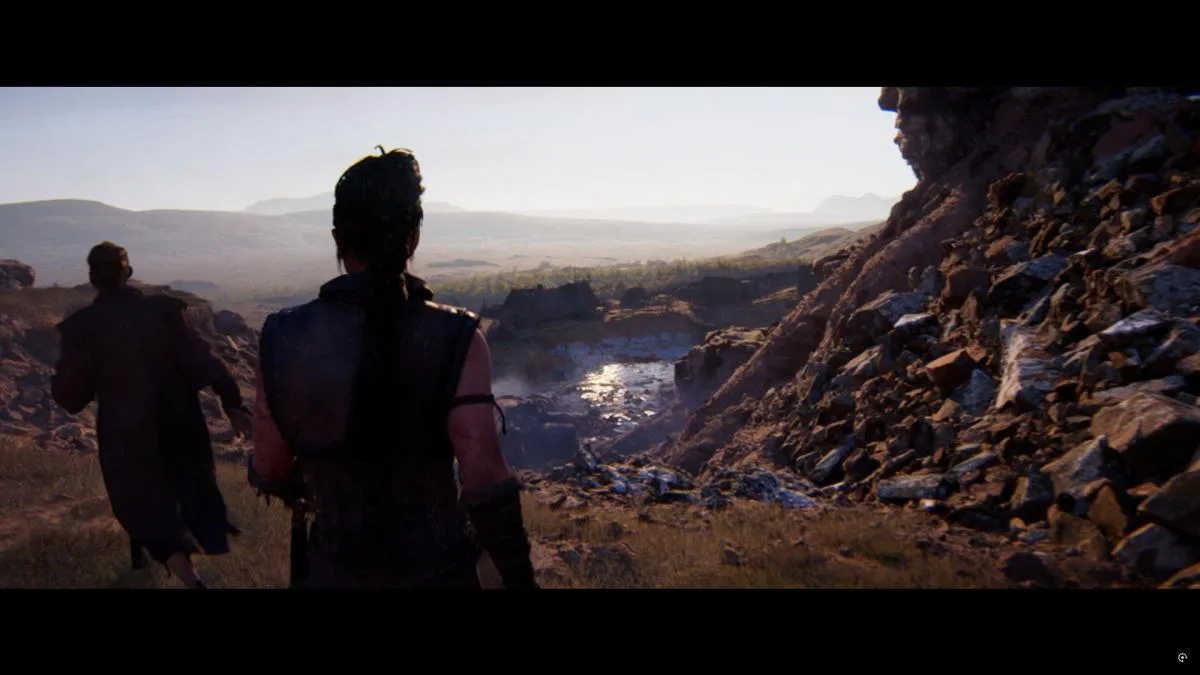
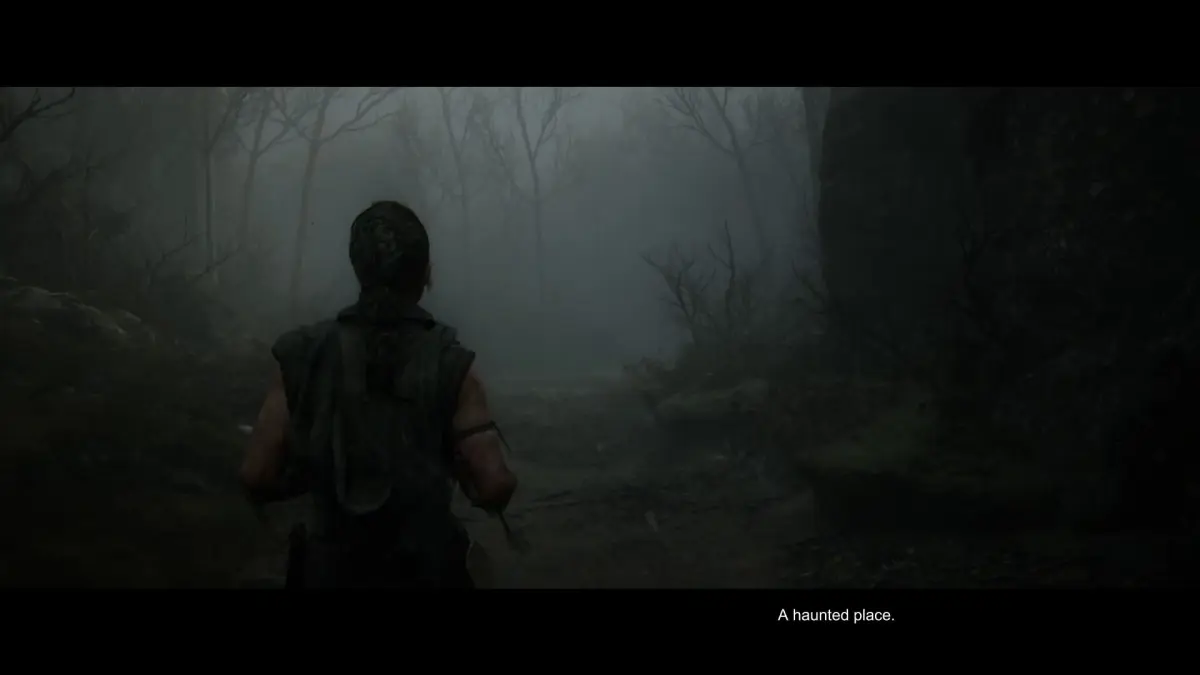
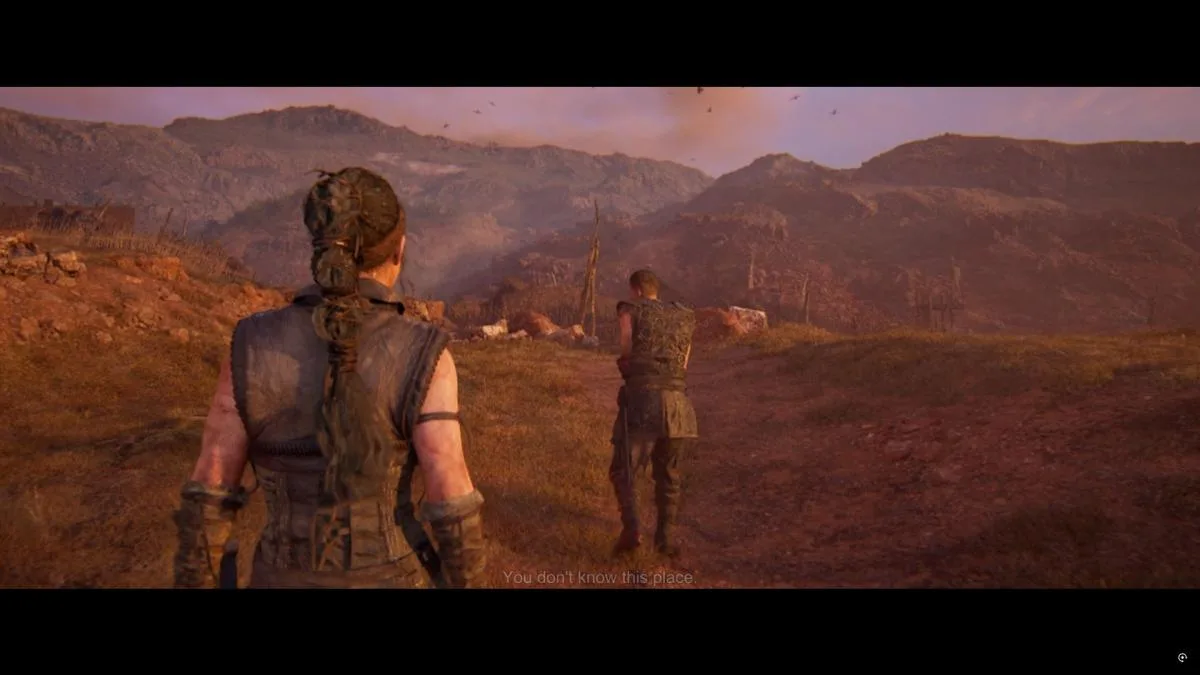
0 Comments